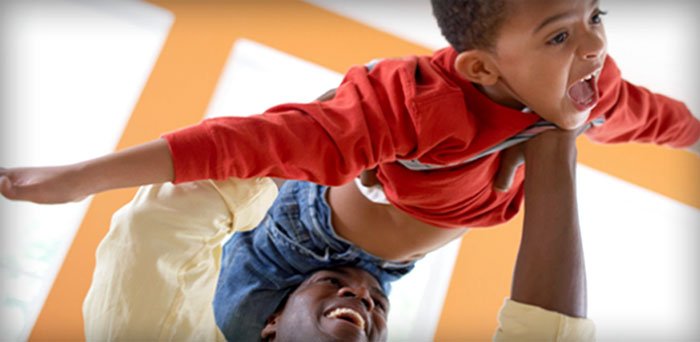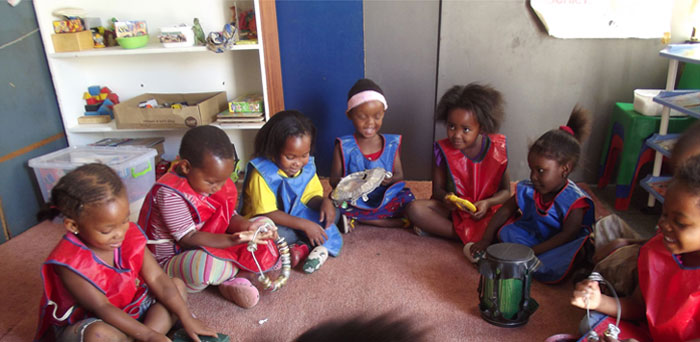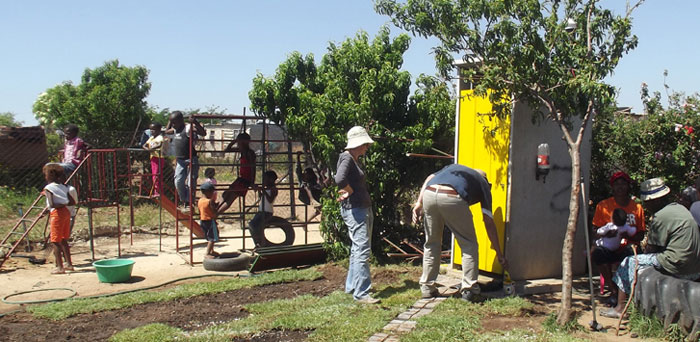The 'hurt book'
In the 80’s in East London South Africa there was a time when every weekend people buried the weeks people who had been killed in clashes with the police. Armoured tanks (hippo’s) rumbled by our school on their way to the ‘townships’ (the old SA name for poor black areas).
The children I worked with were all from these ‘townships’ and when the tanks and police vans and cars rumbled by the children would look towards me or run to hold onto me. Images of shooting, chaos and terror appeared during art. And along with this children started acting out in physical ways what they could not process emotionally of what they were experiencing and seeing.
When a group of small boys pretended to ‘necklace’ (the name for placing a tyre around some ones neck and then setting it alight) one of their number I realised I had to do more than the talking and ‘conflict resolution’ that usually worked with the odd spats between children.
So I invented the ‘hurt book’. It was just an exercise book with a sad crying face on the cover. Whenever anyone was hurt by another child the book came out. The protagonists were called in and stood around my knees and told me all about what had happened and I wrote everything they said down. Then we discussed what should be done about the hurt. There were apologies and a discussion about how to use our voices instead of angry hands and feet if we wanted to express a problem. There would be serious nodding as an agreement was reached. Anger and upset disappeared like smoke as every ones feelings were looked at carefully and understood. The protagonists usually left to play in perfect harmony.
At the end of each day I would count up the ‘hurts’. The children would want to call out who hurt who but I would say ‘we don’t want talk about who hurt who now; what we want is tomorrow not to have any hurts at all’. Then in the beginning of the next day I reminded them of the number of hurts and hoped they could all try to use their words and not their hands if they got cross. I got serious nods.
In two weeks we managed to have ‘no hurts at all’ and this happy state of affairs remained except for once or twice a month when some ones feelings got the better of them and the children would run for the ‘hurt book’ again.
I think and believe it was the serious and respectful way that I approached the ‘hurts’ that helped the children to take the problem very seriously. What also helped was the understanding and attention to the feelings the children were experiencing so that they could process them better. The children also had a lesson in the use of language as a conflict resolution tool.
All too often children are brought up in language poor environments with middle class children getting 100’s of thousands of words spoken to them while working class children only get 10 000 words spoken to them by the time they are 5. Language skills are important in ‘over countable’ ways!








